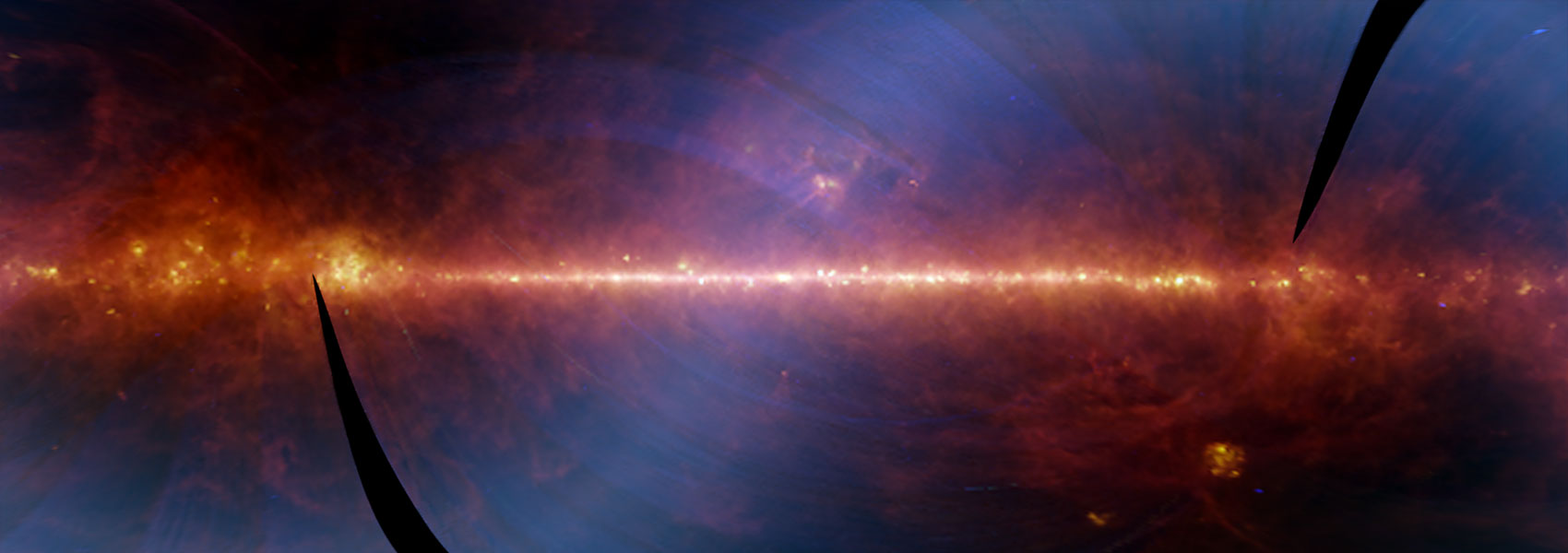May
1990
•
1990ApJ...354..148B
Authors
•
Berriman, Graham
Abstract
•
This paper uses the variation with redshift of the near-infrared colors of the Palomar Green Bright Quasars as the basis for an analysis of the origin of their infrared light: νFnu_ (1.65 microns)/νFnu_ (1.25 microns) declines steadily from z = 0 to the highest redshifts of z > 2, while νFnu_(2.2 microns)/νFnu_(1.65 microns) rises to a maximum near z = 0.1-0.3 first, and νFnu_(3.7 microns)/ νFnu_(2.2 microns) appears to reach a maximum near 0.85. These relations are attributable to continuum emission, not to the effects of contaminating emission lines, and they are statistically significant. Comparison of these data with simple models of the continuum, appropriately redshifted, show that the flux ratios start to decline when blue optical emission is redshifted into the infrared bandpasses. The rise in νFnu_(2.2 microns)/νFnu_(1.65 microns) is attributable to the declining importance of starlight. The range of νFnu_(2.2 microns)/νFnu_(1.65 microns) at maximum is attributable to nonthermal emission only if it has an unusually steep range of spectra, with α = -1.7 on average (fnu_ is proportional to νalpha^), and α = -2.2 in the extreme. At the same time, this emission does not vary and is unpolarized. Such a combination of properties has not been seen in any known nonthermal source. Emission from hot dust, probably from a broad range of temperatures centered near 1000 K, is a much simpler interpretation. It supplies on average 25% of the total 2.2 micron light at z = 0 and 35% in the extreme.
Links




